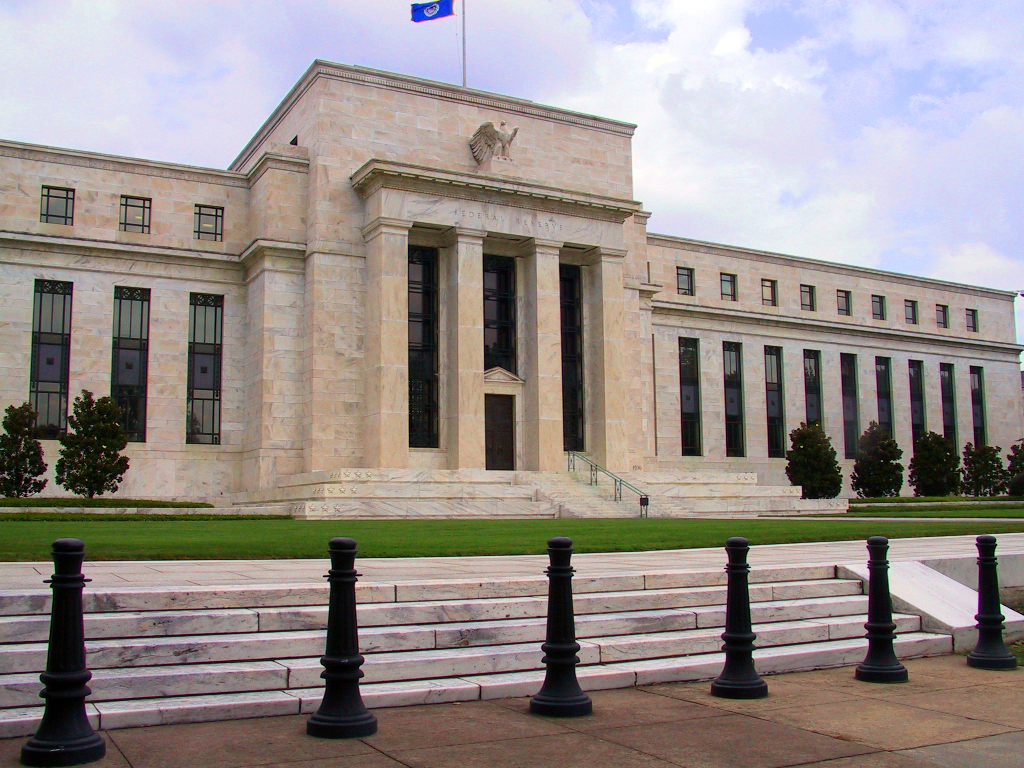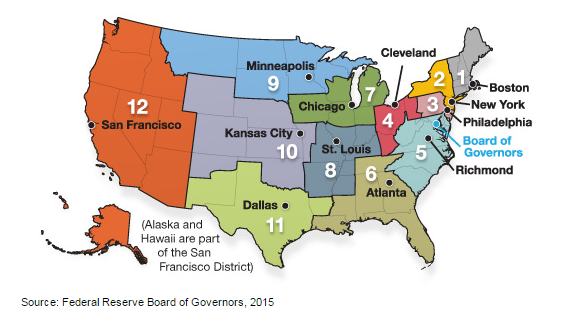Have you ever taken a close look at paper money? Each U.S. bill has the words “Federal Reserve Note” imprinted across the top.¹
But many individuals may not know why the bill is issued by the Federal Reserve and what role the Federal Reserve plays in the economy. Here’s an inside look.
The Federal Reserve, often referred to as the Fed, is the country’s central bank. It was founded by Congress in 1913 to provide the nation with a safer, more flexible, and more stable monetary and financial system.² Prior to its creation, the U.S. economy was plagued by frequent episodes of panic, bank failures, and limited credit.
The Fed has four main roles in the U.S. economy.³
Economy Watch
In addition to its other duties, the Fed has been given three mandates with the economy; maintain maximum employment, maintain stable price levels, and maintain moderate long-term interest rates.⁴
It’s important to remember that “the Fed” cannot directly control employment, inflation, or long-term interest rates. Rather, it uses a number of tools at its disposal to influence the availability and cost of money and credit. This, in turn, influences the willingness of consumers and businesses to spend money on goods and services.
For example, if the Fed maneuvers short-term interest rates lower, borrowing money becomes less expensive and people may be motivated to spend. Consumer spending may stimulate economic growth, which may cause companies to produce more product and potentially increase employment. When short-term rates are low, the Few closely monitors economic activity to watch for signs of rising prices.
One the other hand, if the Fed pushes short-term rates higher, borrowing money becomes more expensive and people may be less motivated to spend. This may, in turn, slow economic growth and cause companies to decease employment. When short-term rates are high, the Fed must watch for signs of a decline in overall price levels.
Supervise and Regulate
The Fed establishes and enforces the regulations banks, savings and loans, and credit unions must follow. It works with other federal and state agencies to ensure these financial institutions are financially sound and that consumers are receiving fair and equitable treatment. When an organization is found to have problems, the Fed uses its authority to have the organization correct the problems.
Banker for Banks, U.S. Government
The Fed provides financial services to banks and other depository institutions and to the U.S. government. For banks, savings and loans, and credit unions, it maintains accounts and provides various payment services, including collecting checks, electronically transferring funds, distributing new money, and receiving and destroying old, worn-out money. For the federal government, the Few pays Treasury checks, processes electronic payments, and issues, transfers, and redeems U.S. government securities.
Each day, the Fed is behind the scenes supporting the economy and providing services to the U.S. financial system. And while the Fed’s duties are many and varied, its focus is to maintain confidence in backing institutions.
A De-centralized Central Bank
The Federal Reserve System consists of a series of 12 independent banks that operate under the supervision of a federally appointed Board of Governors in Washington, D.C. Each of these banks works within a specific district, as shown.
¹ U.S. Bureau of Engraving and Printing, 2015
²´⁴ Federal Reserve Bank or San Francisco, 2015
³ Board of Governors of the Federal Reserve System, 2015
Back


